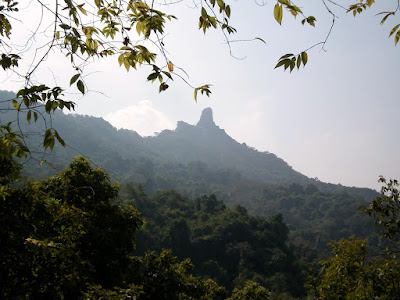Understanding how plants contribute to maintaining the atmospheric gas balance in the environment is the key to fully appreciate their role in mitigating air pollution.
Photosynthesis
Requirements for photosynthesis: water, carbon-dioxide and sunlight.
Photosynthesis, as everyone knows, is a process in which green plants containing chlorophyll generate energy, absorb carbon-dioxide and release oxygen. In simple terms, chloroplasts in presence of sunlight release an enzyme which breaks down water and through a complex series of reactions with carbon-dioxide generate energy for the plant. It is the by-product of the process - oxygen - critical for us life-forms, that is released into the atmosphere.
Factors affecting photosynthesis
The intake of carbon-dioxide and release of oxygen (transpiration) takes place by opening and closing of small pores (stomata) on the underside of leaves. During the day, the stomata are open and help in intake of carbon-dioxide and release of oxygen. During the night, stomata are closed and consequently, there is no photosynthesis. This the time for the plants to rest – as it is for all of us.
What happens when there is pollution?
Yes, as you rightly guessed, the very conditions that result in opening of stomata for intake of carbon-dioxide are the cause for damage or injury to plants. The plants end up absorbing harmful polluting gases like sulfur dioxide, ozone, ammonia, chlorine, oxides of nitrogen, hydrogen sulfide and the like.
It is not surprising that you will hardly find healthy plants in a polluted area.
It is not surprising that you will hardly find healthy plants in a polluted area.
Other factors that affect plant growth are presence of smog and dust. The haze generated due to pollution reduces amount of sunlight reaching the leaves. Dust also blocks or chokes the stomata and reduces quantum of carbon dioxide intake. And when the monsoons are weak, it prevents the grim from being washed away from the choked stomata.
Enough reasons to perpetually increase and maintain plant cover and reduce green house gas emissions, right?
Photographs from Karnala trek
Summit attempt
Enroute
Trek across this hill to reach the fort
About a kilometer away
Highway to Goa crosses this valley
Closer and closer..
Almost there..
At last, after an hour and half







